CarEdge saved me over 4,500 dollars on a brand new Honda Pilot. I can't say thank you enough.
Price intelligence
Find a wide range of vehicle listings with market insights on new and used listings near you.
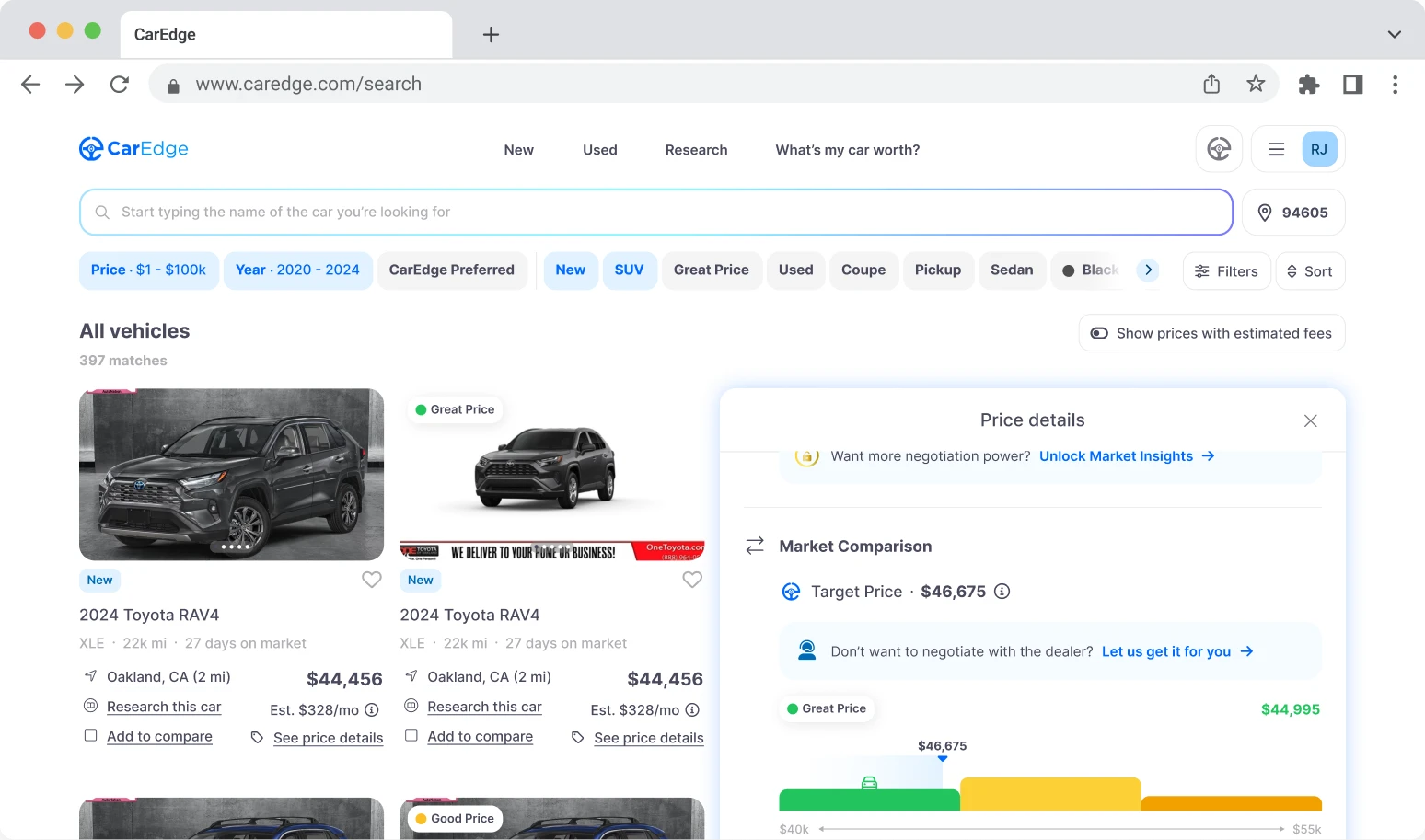

Help us personalize your CarEdge experience — it only takes a second.
Your answers help us personalize your CarEdge journey — we’ll follow up with tips and next steps that match your buying timeline.
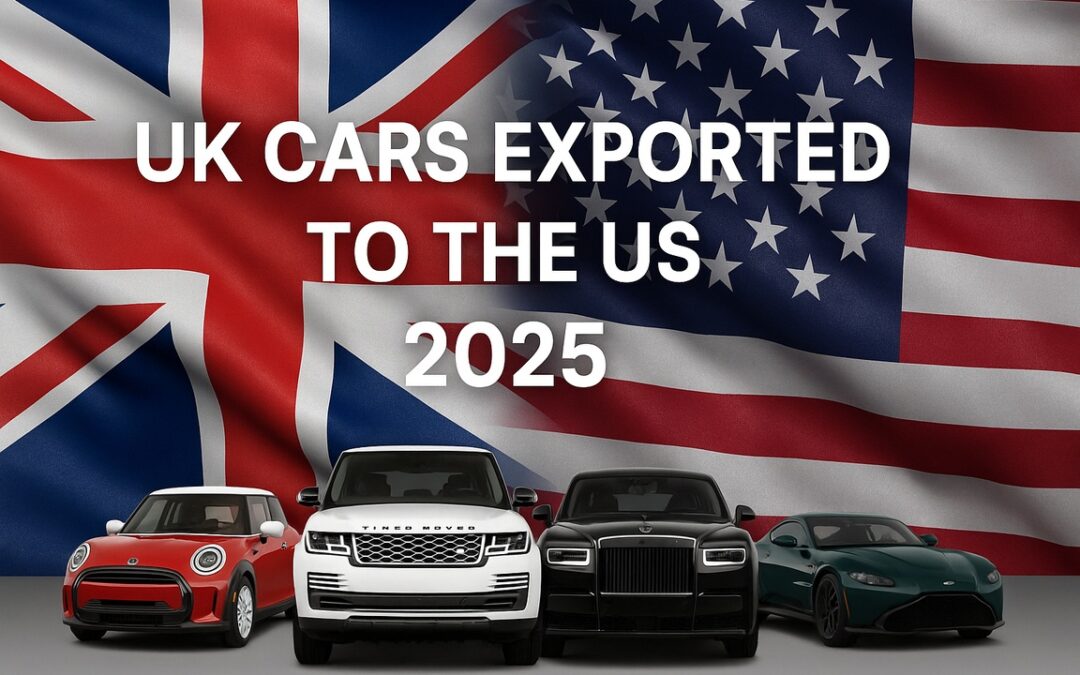
In 2025, the landscape for British car exports to the United States has been significantly influenced by recent trade developments, particularly the imposition of tariffs and subsequent negotiations between the two nations. In 2024, UK automakers exported 106,000 cars to the United States, but that figure is expected to plummet in 2025. This has American car buyers asking, ‘Which cars are made in the United Kingdom for export to the US?’ How can car buyers prepare for the latest developments in US-UK trade relations?
Here’s the comprehensive list of cars manufactured in the UK that are shipped to the US market, and how the latest US-UK trade deal could impact availability and prices.
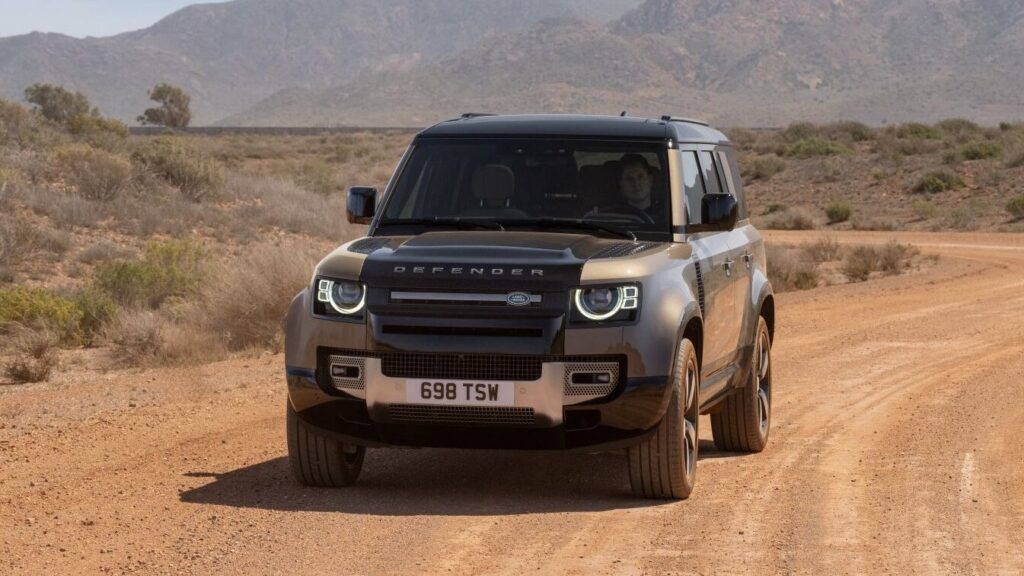
Several UK-based manufacturers continue to export vehicles to the US in 2025, predominantly in the premium and luxury segments:
In April 2025, the U.S. government imposed a 25% tariff on imported cars and parts, significantly affecting UK manufacturers. Jaguar Land Rover temporarily halted shipments to the US to assess the financial implications. Other manufacturers, including Rolls-Royce and Aston Martin, evaluated their responses to these tariffs.
The UK government engaged in trade negotiations with the US to address these challenges. On May 8, 2025, a trade agreement was announced, reducing US tariffs on British car exports from 27.5% to 10% for up to 100,000 vehicles annually. Tariffs on steel and aluminum were eliminated, which will benefit the UK automotive industry indirectly.
The recent trade agreement offers a more favorable environment for UK car manufacturers exporting to the US. However, the industry remains cautious, as the deal is provisional and requires further finalization. Manufacturers are closely monitoring the situation and adjusting their strategies to navigate the evolving trade landscape.
If you’re eyeing a UK-made vehicle for purchase in the United States, it’s important to shop around to compare prices as tariff impacts remain uneven across the nation. Some dealers have been reportedly adding tariff price hikes to their limited inventory allocations, while others have been left without much inventory at all.
Use CarEdge Pro to leverage local car market data and save time, money, and stress in 2025. Looking for personal assistance with your deal? CarEdge Concierge is here for you. We’re here to help!
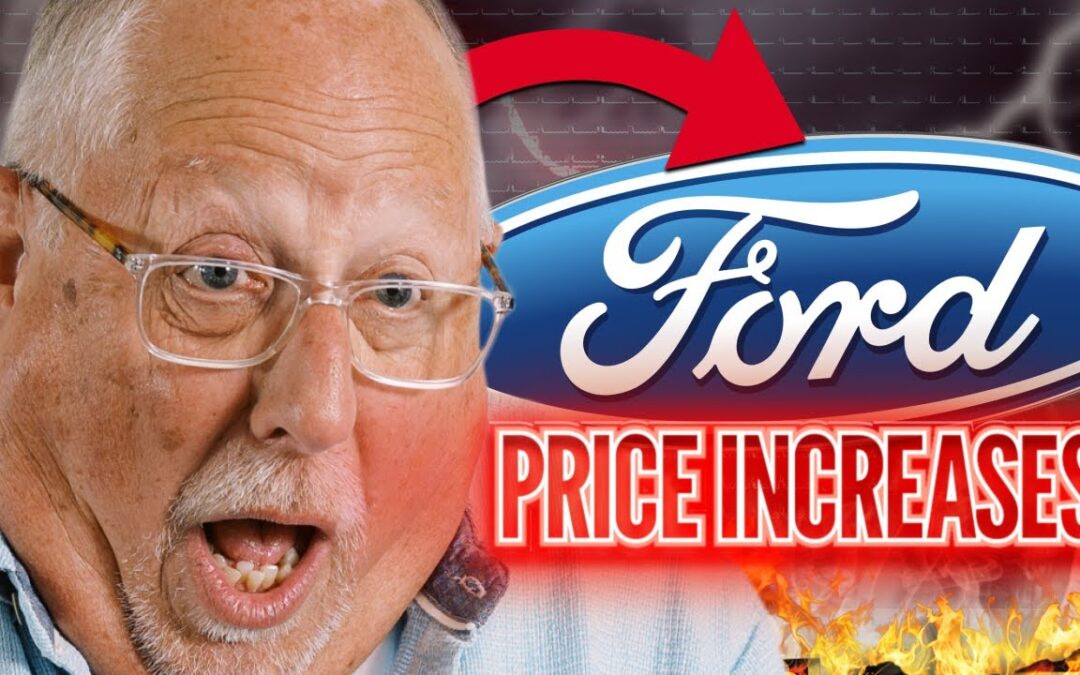
As Memorial Day car sales heat up across the country, most automakers are pulling out all the stops to move inventory. Not Ford. While competitors like Chevrolet, Jeep, and Ram are offering thousands off in cash allowances and low-APR financing, Ford’s incentives are noticeably absent—or underwhelming at best. At the same time, Ford is raising prices on three of its most popular models, all while sitting on one of the highest inventories in the market.
It’s a bold move, and not a good sign.
New tariffs imposed by the Trump administration are beginning to ripple through the auto market, and Ford’s latest actions suggest it’s feeling the pressure more than most. From new price hikes to a disappointing Memorial Day sales strategy, the evidence is piling up: Ford is hurting.
Effective May 2, Ford began raising prices on three of its most in-demand, Mexico-built vehicles: the Mustang Mach-E, Maverick, and Bronco Sport. The hikes—up to $2,000 on select trims—arrived just days after Ford warned investors that tariffs would add $2.5 billion in costs this year and suspended its earnings guidance.
A Ford spokesperson claimed the move was part of “usual” mid-year adjustments, “combined with some tariffs we are facing.” But calling this business-as-usual is a stretch. Ford is among the first major automakers to increase sticker prices in response to the tariffs, and it likely won’t be the last.
What’s especially notable is who hasn’t raised prices yet: General Motors. GM says it will also face billions in additional costs from tariffs, but so far, it has not raised MSRPs. That puts Ford in a uniquely precarious position—caught between bloated inventory and rising production costs, with few appealing offers to draw in buyers.
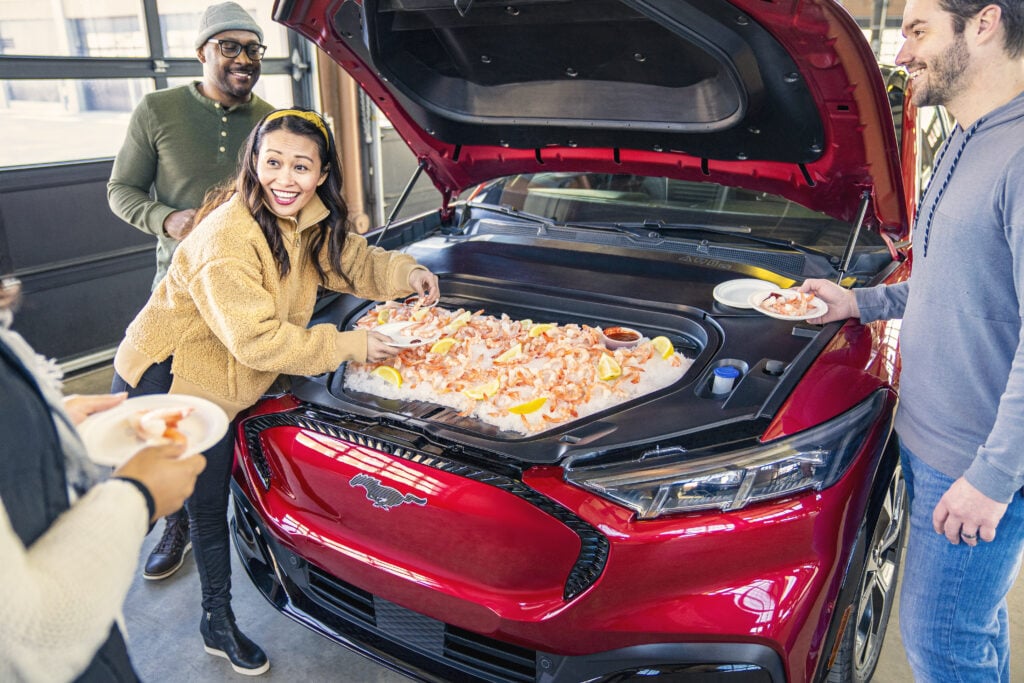
Ford’s Memorial Day incentives are lackluster to say the least. In contrast to Chevrolet, Jeep, and Ram, which are offering steep discounts and compelling APR financing, Ford is mostly sticking to the basics during a prime time for selling cars. For shoppers hoping for big Memorial Day deals from the Blue Oval, it’s slim pickings.
Here’s how Ford’s incentives stack up against rival brands for top models:
Offers for the Ford F-150 are no where near the deals available for other full-size trucks.
| APR Offer | Cash Offer | Lease Offer | |
| F-150 | None advertised | Employee pricing ($3,000 – $5,000 savings est.) | Lease the XLT from $619/mo for 48 months with $5,388 due |
| Silverado 1500 | 0.9% APR for 60 months | $3,500 cash allowance | Lease the LT 2FL from $409/mo for 36 months with $5,289 due |
| Ram 1500 | 1.9% APR for 72 months | $7,000 cash for FCA lessees, and employee pricing ($3,000 – $5,000 savings est.) | Lease the Big Horn from $369/mo for 42 months with $4,519 due |
The Explorer is Ford’s #2 seller, after the F-Series truck. The absence of lease specials and noteworthy cash offers is telling during a top month for incentives.
| APR Offer | Cash Offer | Lease Offer | |
| Ford Explorer | 5.9% APR for 72 months | Employee pricing ($2,000 – $4,000 savings est.) | None advertised |
| Chevrolet Traverse | None advertised | None advertised | Lease from $429/mo for 24 months with $5,539 due |
| Jeep Grand Cherokee | 6.9% APR for 72 months | $4,500 cash for FCA lessees, and employee pricing ($2,000 – $4,000 savings est.) | Lease from $259/mo for 24 months with $3,769 due |
The Chevrolet Blazer, GMC Terrain, and Jeep Compass all have better offers for Memorial Day.
| APR Offer | Cash Offer | Lease Offer | |
| Ford Bronco Sport | None advertised | Employee pricing ($2,000 – $3,000 savings est.) | None advertised |
| GMC Terrain | 0.9% APR for 36 months | $3,000 cash | None advertised |
| Chevrolet Blazer | 1.9% APR for 36 months | $1,000 cash | Lease from $309/mo for 24 months with $3,399 due |
| Jeep Compass | 6.9% APR for 72 months | Employee pricing ($1,500 – $2,500 savings est.), & FCA owners get $2,000 bonus cash | FCA lessees can lease from $279/mo for 42 months with $4,159 due |
Chevrolet is looking to dominate Memorial Day SUV sales with 0% financing on last year’s Tahoe and Suburban models. Ford’s Expedition will be a serious underdog with GM’s May incentives.
| APR Offer | Cash Offer | Lease Offer | |
| Ford Expedition | None advertised | Employee pricing ($3,000-$5,000 savings est.), & $2,000 cash | None advertised |
| Chevrolet Suburban | 0% APR financing for 60 months (2024s) | None advertised | Lease from $879/mo for 39 months with $9,619 due |
| Chevrolet Tahoe | 0% APR financing for 60 months (2024s) | None advertised | Lease from $779/mo for 36 months with $10,359 due |
| Jeep Grand Wagoneer | 3.9% APR for 72 months (2024s) | Employee pricing ($3,000-$5,000 savings est.), & $2,500 in cash | None advertised |
The Ford Escape sells in great numbers — Ford sold 147,000 copies in 2024. This Memorial Day, competitors are looking to take back market share. With offers like this, they’re likely to succeed.
| APR Offer | Cash Offer | Lease Offer | |
| Ford Escape | None advertised | Employee pricing ($1,500-$2,500 savings est.), & $3,000 cash | None advertised |
| Dodge Hornet | 0% APR for 72 months | FCA lessees get $7,500 cash | Lease from $259/mo for 36 months with $4,469 due (for FCA lessees) |
| Chevrolet Equinox | 2.9% APR for 36 months | None advertised | Lease from $299/mo for 36 months with $2,449 due |
| Toyota RAV4 | 4.99% APR for 60 months | None advertised | Lease from $329/mo for 36 months with $3,999 due |
Clearly, Ford’s offers pale in comparison to GM, Stellantis, and others. This isn’t a normal Memorial Day playbook—it’s a sign that Ford may not be in a position to offer better deals, even if it wants to.
Ford’s pricing strategy becomes even more puzzling when you look at its inventory. As of early May 2025, the overall new car market has about 73 days of supply. Ford? 105 days. That’s 44% higher than average, with 496,328 new Ford vehicles sitting on dealership lots. Lincoln, Ford’s luxury arm, is in similar shape with 107 days of supply.
Any automaker with this much unsold inventory would normally be slashing prices, not raising them.
Let’s compare Ford’s inventory to its competitors. All numbers reflect Market Day Supply:
Only Jeep has more bloated inventory than Ford. This underscores just how much trouble Ford may be in.
Ford’s latest moves—raising prices while letting inventory swell—paint the picture of an automaker caught off guard. While other brands use Memorial Day to clear out excess stock, Ford appears unable or unwilling to match their deals.
It’s not just a missed opportunity—it’s a warning sign.
Rising costs from tariffs are impacting the whole industry, but Ford’s early price hikes and weak incentive strategy show it may be struggling more than its peers. And if the 25% tariff on imported vehicles remains in place, analysts say the U.S. auto market could shrink by over 1 million vehicles a year. Ford’s aggressive pricing shifts could be a signal of what’s to come.
Ford’s Memorial Day playbook is unlike anything we’ve seen from the company in years—and not in a good way. The combination of rising prices, massive inventory, and timid incentives suggests Ford is under significant pressure. While other automakers are absorbing tariff-related costs or offering buyers compelling reasons to act now, Ford is sending mixed signals.
For shoppers, it’s a reminder to compare deals carefully. If you’re in the market for a new vehicle this Memorial Day, Ford might not be the best place to start.

Memorial Day sales always bring the deals, but May 2025 arrived with some unique challenges. Following the tariff-induced buying spree of March and April, there are far fewer new cars on the lot right now. As new inventory tightens, automakers are targeting slower-selling models — and pricing them accordingly.
We’ve rounded up the best Memorial Day lease deals for 2025 based on manufacturer-advertised offers. As always, lease deals vary by region, credit score, and availability, and not all dealers participate. These offers expire no later than June 2, 2025.
Here are the best Memorial Day lease specials available in May 2025.
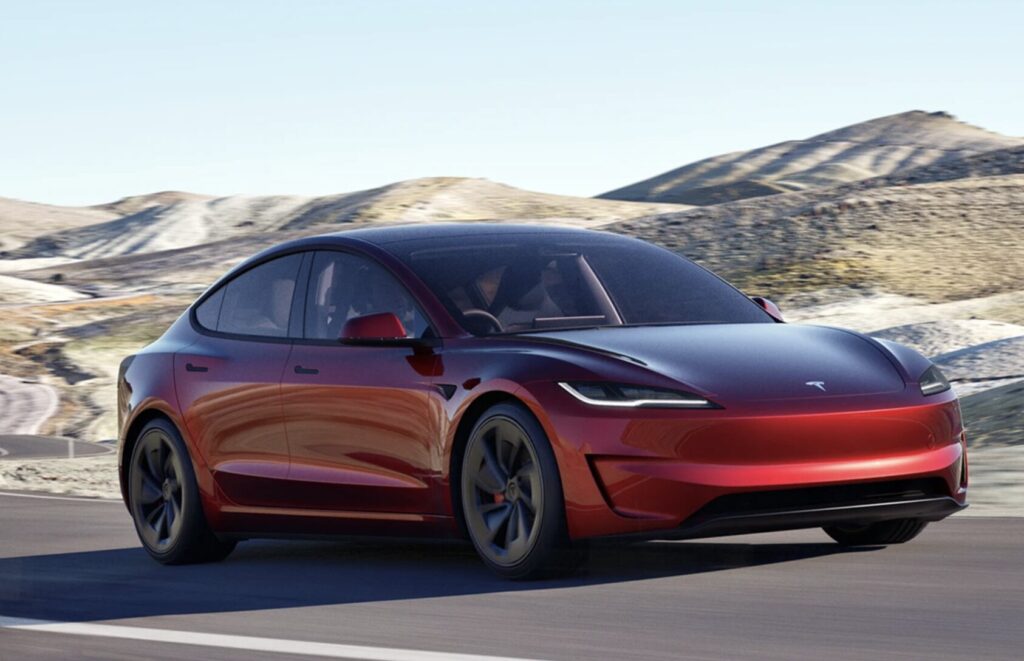
$349/month for 36 months with $0 down at signing with all incentives applied.
The Model 3 is not just a great EV, it’s an excellent sedan with a very low cost to operate. See offer details.
$199/month for 24 months with $3,999 down at signing
Offer includes $7,500 lease bonus applied.
One of the best EV lease deals available right now — sleek styling, long range resulting from extreme efficiency, and in May, an ultra-low cost. See offer details.
Browse IONIQ 5 listings with local market insights
$219/month for 36 months with $3,999 due at signing
The Corolla remains a top pick for affordability, fuel efficiency, and reliability — and this lease makes it even more appealing. See offer details.
Browse Toyota listings with local market insights
$229/month for 24 months with $3,499 due at signing
Kia’s replacement for the Forte comes packed with major upgrades, from modern tech to head-turning styling. This price undercuts the competition, even in the budget sedan segment. See offer details.
Browse Kia listings with local market insights
$269/month for 36 months with $3,499 due at signing
A midsize sedan with modern looks, good power, and comfort — for under $300/month? That’s a solid deal. See offer details.
Browse Sonata listings with local market insights
$279/month for 36 months with $3,699 due at signing
The Accord offers legendary resale value, a roomy interior, and great efficiency. This is a reliable choice at a fair monthly cost. See offer details.
Browse Accord listings with local market insights
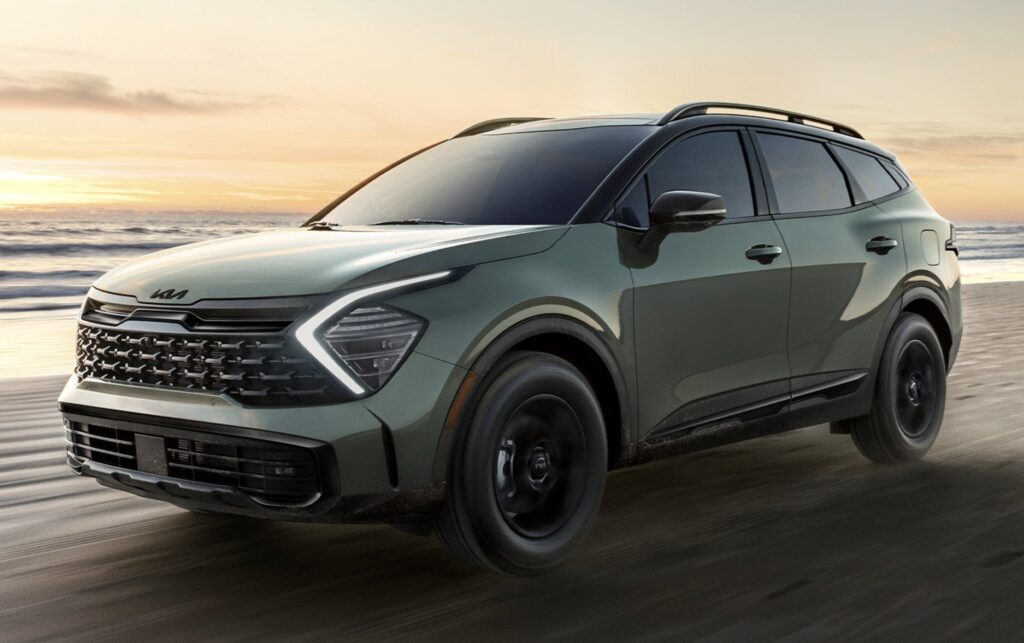
$296/month for 39 months with $0 due at signing
Returning lessees of 2020+ GM vehicles get one of the only $0-down leases this Memorial Day. Compact, upscale, and practical. See offer details.
Browse Buick listings with local market insights
$299/month for 36 months with $2,449 due at signing (current lessees)
Reliable, family-friendly, and freshly redesigned. A safe bet if you’re looking for a mainstream compact SUV. See offer details.
Browse Chevrolet listings with local market insights
$259/month for 24 months with $3,769 due at signing (current FCA lessees)
Still one of the best midsize SUV leases if you qualify. Great ride quality, upscale interior, and off-road ability. See offer details.
Browse Jeep listings with local market insights
$279/month for 24 months with $3,999 due at signing
A unique offering: all-wheel drive, plug-in hybrid range, and a stylish design — all for under $300/month. See offer details.
Browse Kia listings with local market insights
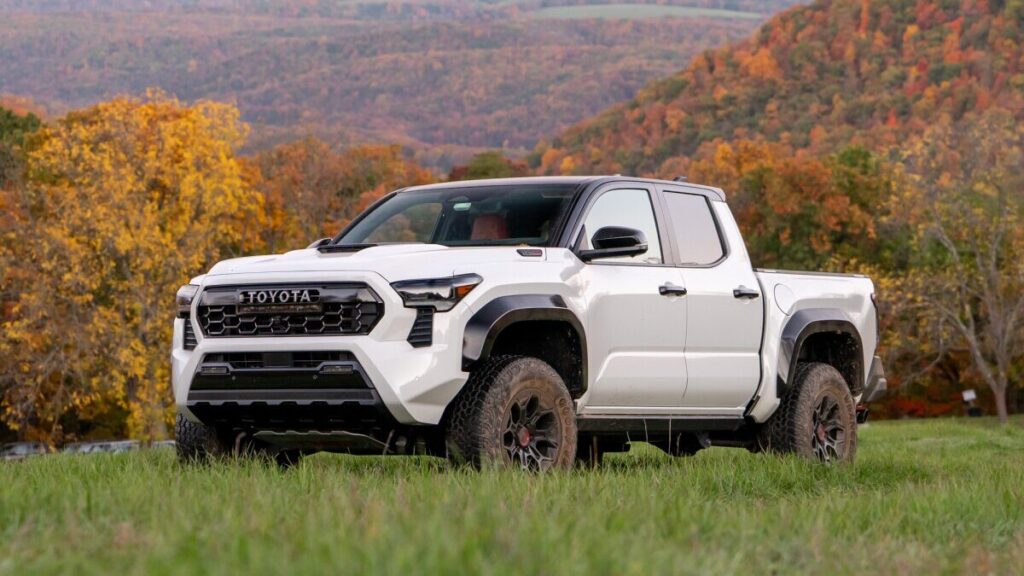
$269/month for 36 months with $3,999 due at signing (select markets)
This deal is regional, but if it applies to your area, it’s one of the cheapest truck leases this May. Redesigned and more capable than ever. See offer details.
Browse Tacoma listings with local market insights
$369/month for 42 months with $4,519 due at signing (current FCA lessees)
A great deal on one of America’s top full-size trucks. If you qualify for loyalty and don’t mind a longer lease, it’s hard to beat. See offer details.
Browse Ram listings with local market insights
$399/month for 24 months with $3,019 due at signing (current GM lessees)
Short-term lease on a well-equipped, full-size truck. However, beware the high cost of ownership for the Sierra 1500. Leasing is a great way to avoid steep depreciation. Limited to GM lessees. See offer details.
Browse Sierra listings with local market insights
$489/month for 36 months with $4,999 due at signing (select markets)
Rare to see lease offers on the Tundra. High upfront, but lower monthly than a loan — great if you want a newer truck more often. See offer details.
Browse Tundra listings with local market insights

$349/month for 36 months with $0 down at signing with all incentives applied.
The Model 3 is the best-selling electric sedan for lots of reasons, including intuitive tech, fast charging, and the ease of locating one of Tesla’s thousands of Superchargers. In May, we can add affordability to the list of reasons to love the Model 3. See offer details.
$129/month for 24 months with $3,999 due at signing
In terms of monthly payment, the Kia Niro EV is the most affordable lease on this list. However, the Niro EV isn’t as advanced or fast-charging as the Model 3 or IONIQ 6, so this may not be the best option for road trippers. If you’re EV-curious and qualify, this is an incredible value for getting around town with big fuel savings. See offer details.
Browse Kia listings with local market insights
$249/month for 24 months with $3,999 due at signing (with $7,500 lease bonus)
Award-winning design and charging speed — now at a great lease price. See offer details.
Browse IONIQ 5 listings with local market insights
$289/month for 24 months with $2,399 due at signing (current lessees)
GM’s new EV crossover has been a hot seller, but with affordable lease offers like this, there must be plenty of inventory to sell. See offer details.
Browse Equinox EV listings with local market insights
$249/month for 36 months with just $249 due at signing
You read that right. Subaru’s electric SUV comes with a near-zero upfront cost — extremely rare in today’s market. It doesn’t support fast charging, and its range falls short of class leaders, but with just a few hundred dollars due at signing, this is a deal worth a test drive. See offer details.
Browse Subaru listings with local market insights
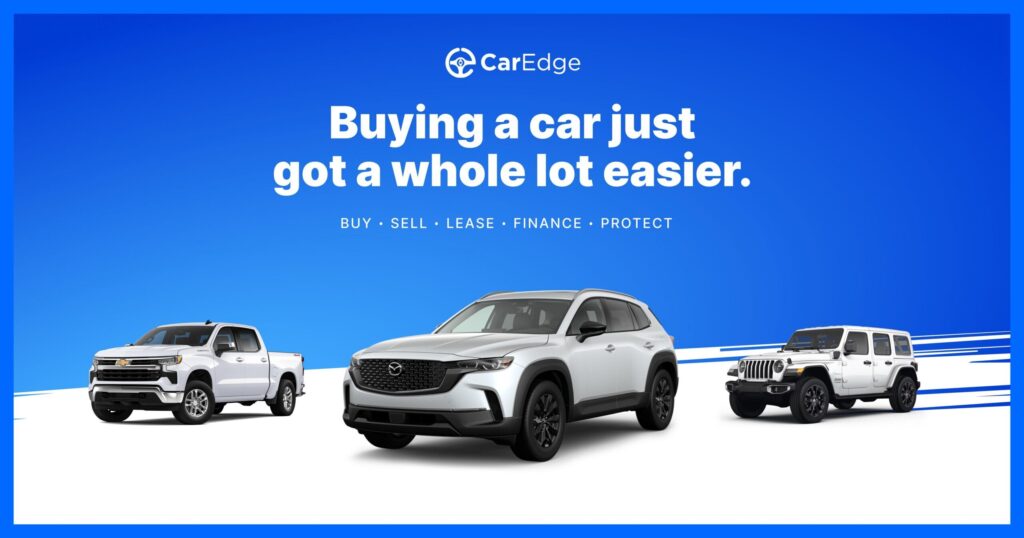
Whether you’re after an affordable sedan, SUV, or pickup, Memorial Day 2025 lease deals offer something for every driver — and every budget. But act fast: these offers expire by June 2, and lease incentives are always subject to availability and market demand.
Need help deciding what works best for you?
Your CarEdge consumer advocates are always here to assist! Let us know how we can help.

In 2025, some brands are pulling back on promotions due to rising tariffs and economic uncertainty — but several standout SUV deals remain. From zero-percent financing to big-time cash offers, this month’s incentives could save you thousands.
Here are the 5 best Memorial Day SUV deals for May 2025. All offers expire on June 2, 2025, unless otherwise noted.

Best Deal: 0% APR for 72 months or employee pricing plus $4,500 bonus cash
If you’re looking for a family-friendly SUV with real off-road chops and plug-in hybrid tech, this is the one to beat. Jeep is offering dual incentive paths this month — but for most buyers, the 0% APR deal will deliver the most value.
Why it’s great:
🔍 See local Grand Cherokee 4xe deals with CarEdge Pro
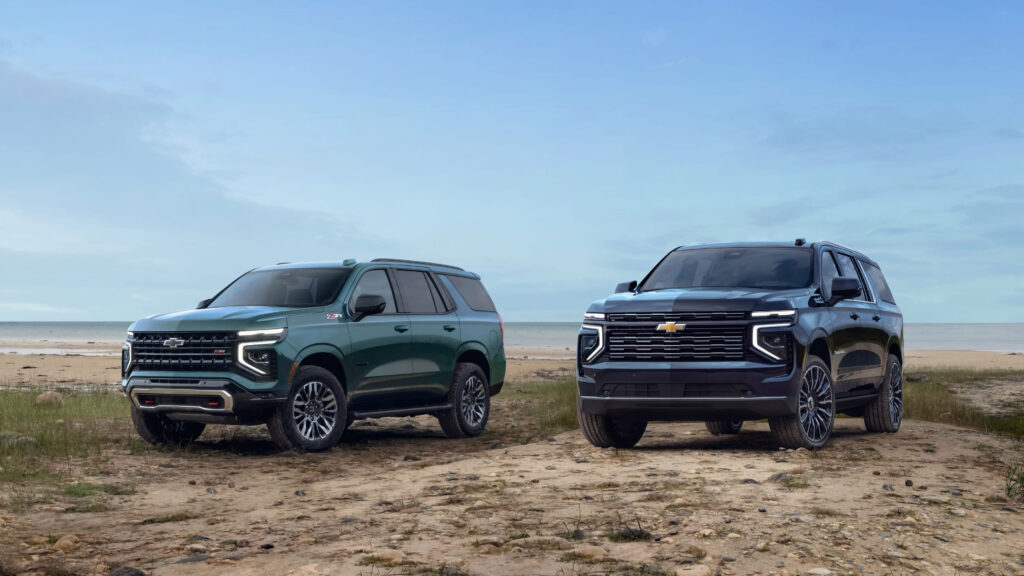
Best Deal: 0% APR for 60 months
The Chevy Tahoe remains one of the most in-demand full-size SUVs, and it’s not often you see 0% financing on a vehicle in this segment. This Memorial Day deal applies to the final batch of 2024 models still on lots.
Why it’s great:
📍 Search Tahoe listings near you before inventory runs out
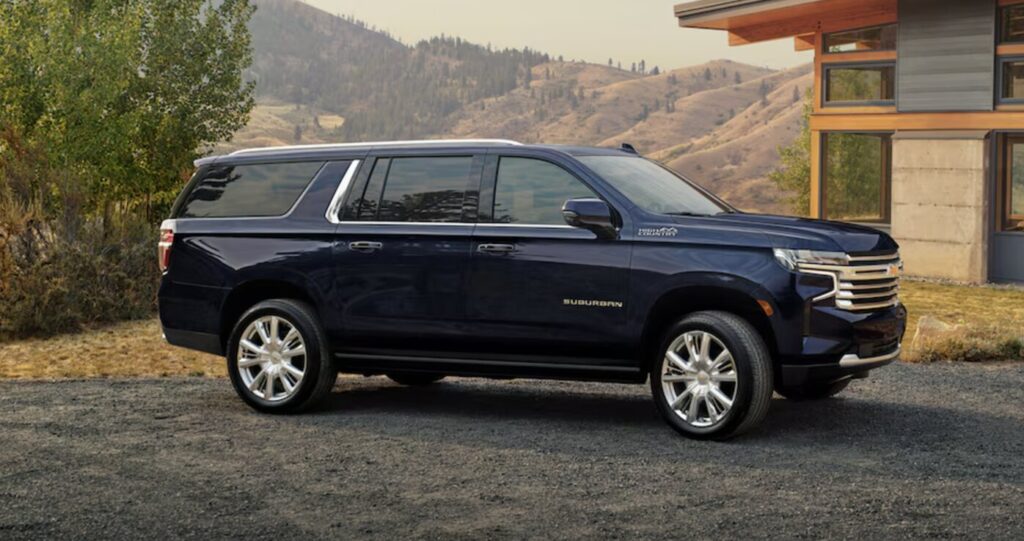
Best Deal: 0% APR for 60 months
Need even more room than the Tahoe offers? The Suburban adds cargo space and third-row comfort — now with the same interest-free financing deal. This is one of the best Memorial Day SUV deals we’ve ever seen for this SUV.
Why it’s great:
🔍 Find eligible Suburbans before they’re gone
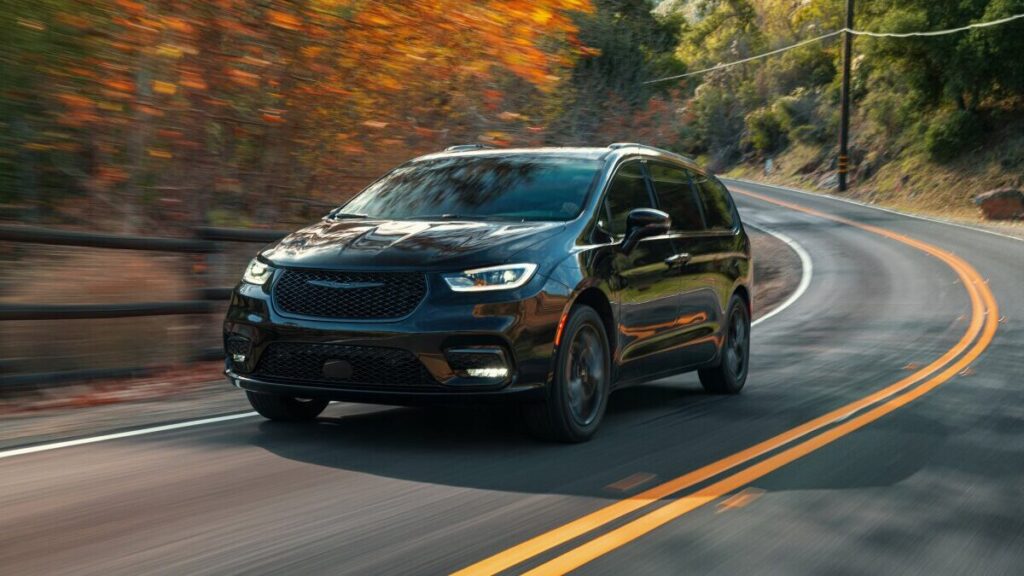
Best Deal: 0% APR for 72 months
Okay, it’s technically a minivan, but for many families cross-shopping 3-row SUVs, the Pacifica plug-in hybrid is a smarter pick — and the only PHEV in its class. Chrysler continues to offer stellar interest-free financing while supplies last.
Why it’s great:
🔍 Compare minivan and SUV deals with CarEdge Car Search
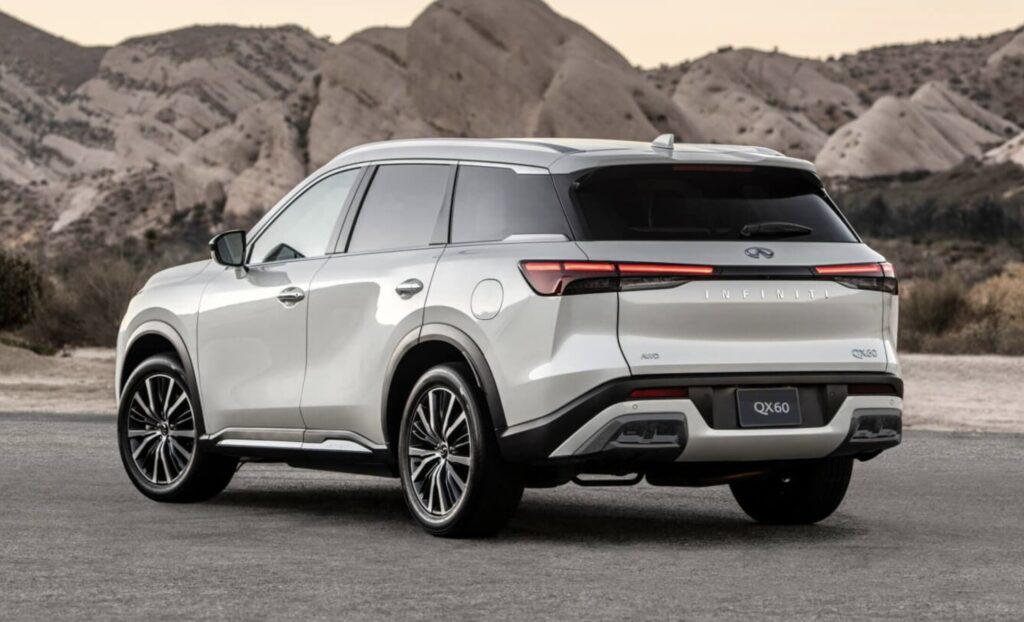
Best Deal: 1.9% APR for 60 months + $1,000 bonus cash
If you’re shopping for luxury SUVs this spring, Infiniti’s QX60 deal is one of the few offers under 2% APR — and it includes bonus cash. With upscale comfort, great tech, and a smooth ride, this midsize luxury SUV is well positioned for value-focused premium shoppers.
Why it’s great:
🔍 Browse QX60 listings with CarEdge market data
From rugged plug-in hybrids to full-size family haulers, these are the top Memorial Day SUV deals of 2025 — but time is running out. With all offers set to expire by June 2, shoppers should move quickly to take advantage of these low finance rates and generous cash incentives.
Need help landing the best deal? Let CarEdge Concierge handle the negotiation for you, or compare your local SUV deals with CarEdge Pro to make a data-driven choice. Either way, you’ll save time, money, and stress.
![5 Best Memorial Day Truck Deals: Silverado, Tacoma & More [May 2025]](https://caredge.com/wp-content/uploads/2025/05/Best-Memorial-Day-truck-deals-1080x675.jpg)
Looking to score a great deal on a new truck this Memorial Day? May is traditionally one of the best times of year to shop for pickups, and 2025 is no exception. Despite inventory pressure and shifting incentives due to ongoing auto tariffs, several automakers are rolling out offers worth the test drive.
We’ve rounded up the five best Memorial Day truck deals available right now, including 0% financing, big cash allowances, and rare lease promotions. All offers expire on June 2, 2025, unless noted otherwise.

Best Deal: $10,250 bonus cash or 2.9% APR for 72 months
Jeep is going big to clear out leftover 2024 Gladiators, and this might be the most aggressive truck deal of the year. With over 1,200 units still sitting on lots nationwide, dealers are motivated to move inventory — fast.
🔍 Browse Gladiator deals near you

Best Deal: 0.9% APR for 60 months + $3,500 total cash allowance
Chevy’s flagship truck gets a competitive low-APR deal paired with thousands in bonus cash. With Silverado inventory holding steady this spring, Chevy is offering solid incentives to keep up momentum heading into the summer.
🔍 Search Silverado listings with local deal data
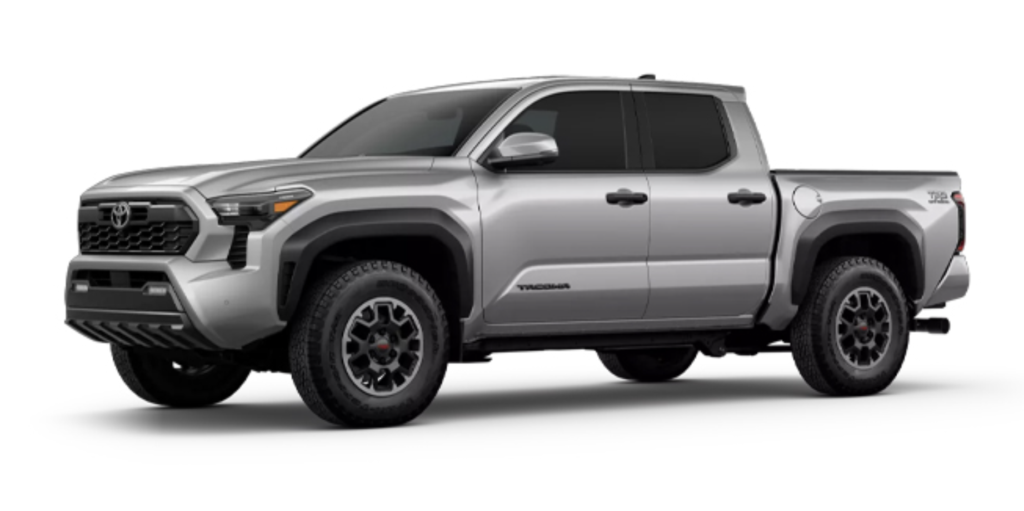
Best Deal: $269/month for 36 months, $3,999 due at signing (select markets)
Fresh off a full redesign, the new Tacoma is more refined, tech-savvy, and efficient than ever. This lease deal is one of the few affordable midsize truck options this month — if it’s available in your region.
🔍 See if this Tacoma deal applies in your area

Best Deal: 2.99% APR for 72 months (regional offer)
Toyota rarely offers below-market APRs on its full-size trucks — they don’t have to. But for Memorial Day 2025, some regions are seeing extended 2.99% APR financing on over 20 different Tundra trims. If you’re in the right market, this is a standout offer.
🔍 Check APR eligibility by ZIP code at Toyota.com
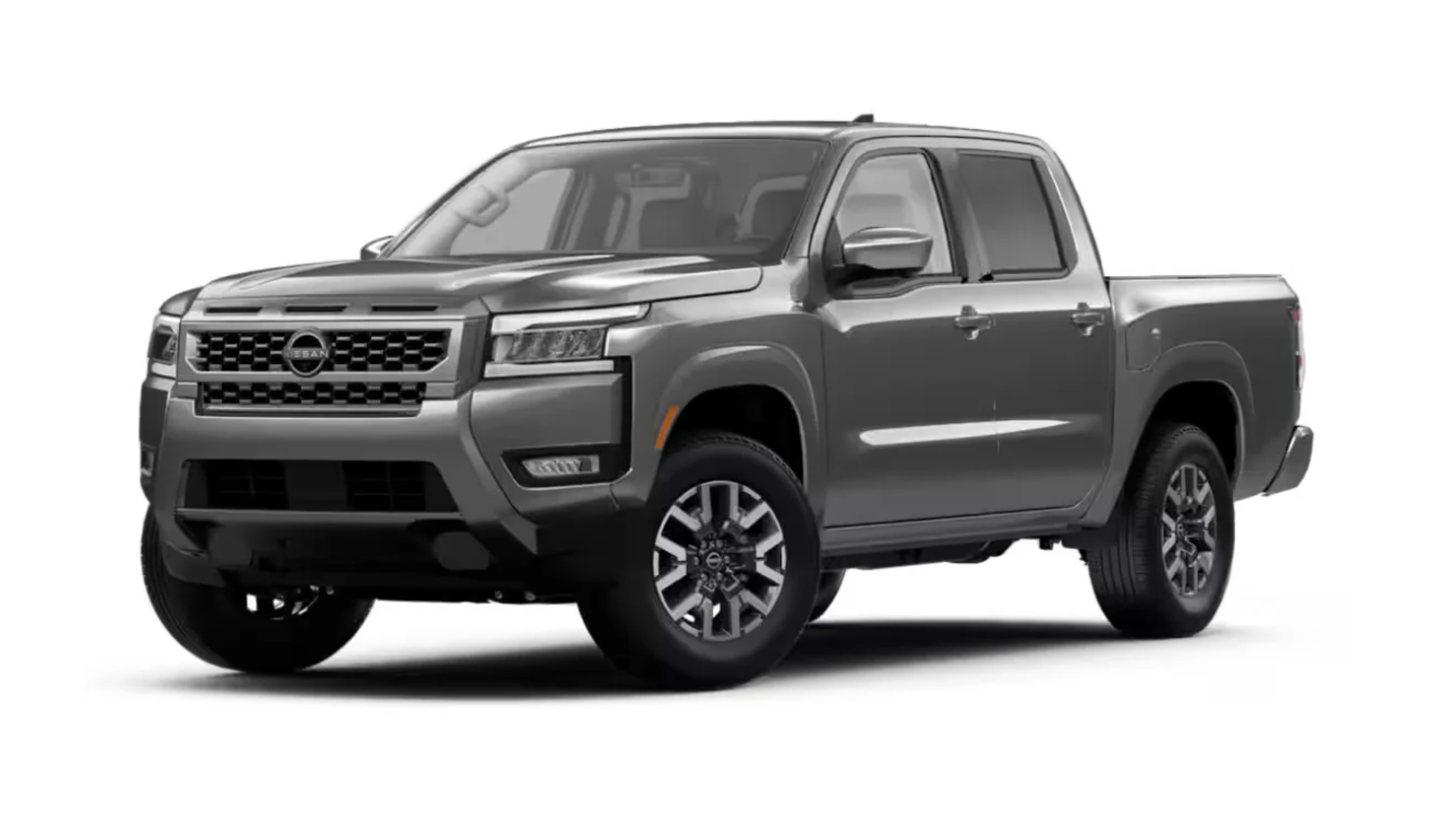
Best Deal: Up to $4,500 cash savings
Nissan’s no-nonsense Frontier continues to be one of the best values in the midsize truck segment. With up to $4,500 off the King Cab, this is a strong deal for buyers looking for capability without breaking the bank.
🔍 Search Frontier deals with local pricing tools
These five Memorial Day truck deals prove that savings are still out there — if you know where to look. Whether you’re after low-interest financing, serious bonus cash, or an affordable lease, Memorial Day 2025 offers something for every truck shopper. Just remember, all offers expire on June 2, and inventory for certain trims is limited.
Want expert help negotiating your deal? Use CarEdge Concierge for white-glove car buying support. Prefer the DIY route? CarEdge Pro helps you compare deals, spot negotiable listings, and avoid overpaying. Either way, we’ve got the tools to help you drive home with confidence.